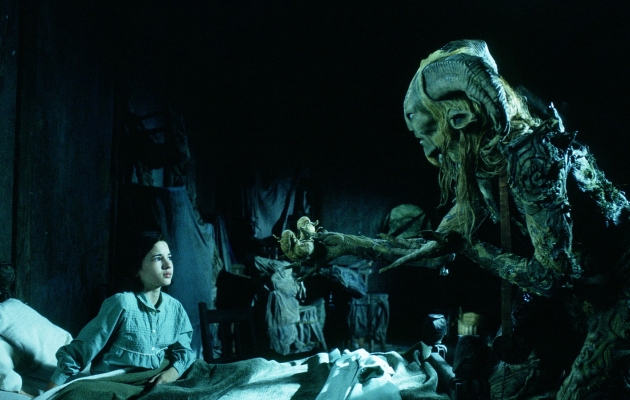Night Owls
Contemporary Spanish horror

Fear and anxiety are universal emotions. The Spanish have used them to create an industry of horror films that has been dynamically growing, since 1970s. In the last decade, we have witnessed a renaissance of contemporary Spanish horror films. The eyes of international audiences have once again turned towards the Iberian Peninsula. Viva España!
The film that could be considered the first everSpanish horror was La torre de los siete jorobados (The Tower of the Seven Hunchbacks) directed by Edgar Neville, in 1944. The genre was in its full bloom between the 1960s and in 1970s. It was the time when Jesús “Jess” Franco made his debut with Screams in the Night, which was a response to the French horror film entitled Eyes Without a Face by Georges Franju. Many other film-makers from Spain have followed in the footsteps of Franco. Back in 1990s, many acclaimed films had their premières, including the taboo-breaking The Trilogy of Death by Nacho Cerdá, or Thesis by Alejandro Amenábar. However, the true revival came at the beginning of the next decade, the results of which are still seen today. It was the time when another generation of film-makers, born back in 1960s and 1970s, and educated on horrors made by Franco or Paul Naschy, gained their popularity. The crucial year was 2001, which saw two films hit cinemas all around the world, i.e. The Devil's Backbone by Guillermo del Toro, shot near Madrid, and The Others by Alejandro Amenábar. The first of the two is an ambiguous story about children brought up in a dreary orphanage, with the Civil War in the background, while the latter a perverse story about a haunted house, where a woman (played by Nicole Kidman) and her children live.
The successive years saw a genuine crop of horror films made in Spain, all of which easily found their way to the hearts of enthusiasts of thrills. It is particularly true for Pan's Labyrinth by Guillermo del Toro, showered with Academy Awards, and The Orphanage by J.A. Bayona, or Darkness and Fragile by Jaume Balagueró. It is worth paying attention to the latter of the two names, when analysing the nature of the contemporary Spanish horror, which primarily focuses on creating atmosphere and avoiding literalism. And although some films made by the Catalan director are an inherent part of the fairy-tale and metaphysical aesthetics, his later work is definitely intended for viewers with strong nerves.
In 2007, Balagueró started a four-part series entitled [REC], in which he blended the found footage sub-genre with the motif of a deadly epidemic, and he did that with bravado. Today, it is safe to say that the series is definitely one of the greatest phenomena in the horror film genre, in recent years.
The indisputable triumph of Spanish horror films has caught the attention of Hollywood-based production companies. The change of the means of expression — from a celebration of violence and bloodshed, to greater subtlety, deeper plots, or creating tension — has confirmed the reputation of films from the Iberian Peninsula. The fascination with death combined with a passion for black humour, both of which are deeply rooted in the regional culture, are definitely in the Spanish film-makers favour. So scary!
2016 Programme
- Downloadable programme
- Films from A to Z
- Open meetings
- Concerts and performances
- On Air
- Shortcut
- From Poland
- Localisations
- Phenomena: Thelma & Louise
- New Croatian Cinema
- Cinema of Scotland
- Masters: Allan Starski
- Tribute to David Bowie
- Focus: Bent Hamer
- Focus: Erik Poppe
- Forward: Tómas Lemarquis
- Forward: Sonja Richter
- Forum 2015/2016
- Night Owls
- Polish independent film classics
- Special screenings
- The Comanche Territory
- Przygrywka
- Movieplay!
- Film Breakfasts
- The Festival Club: NRD